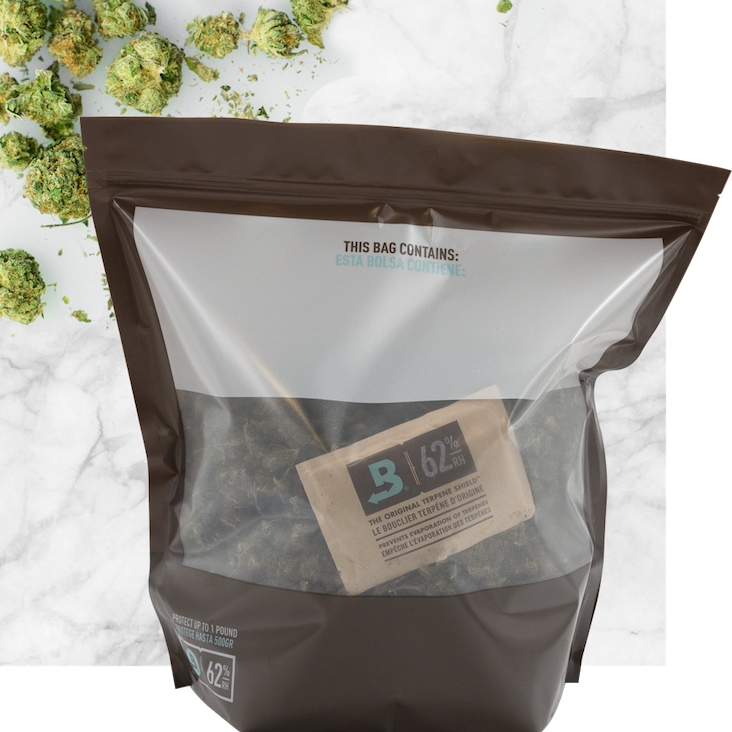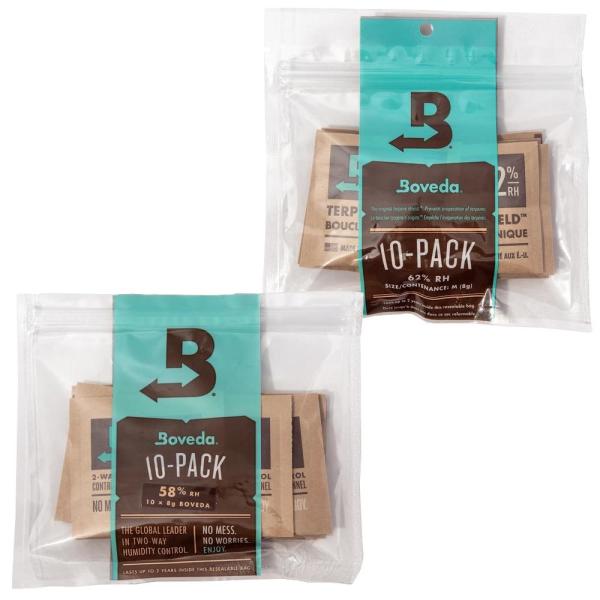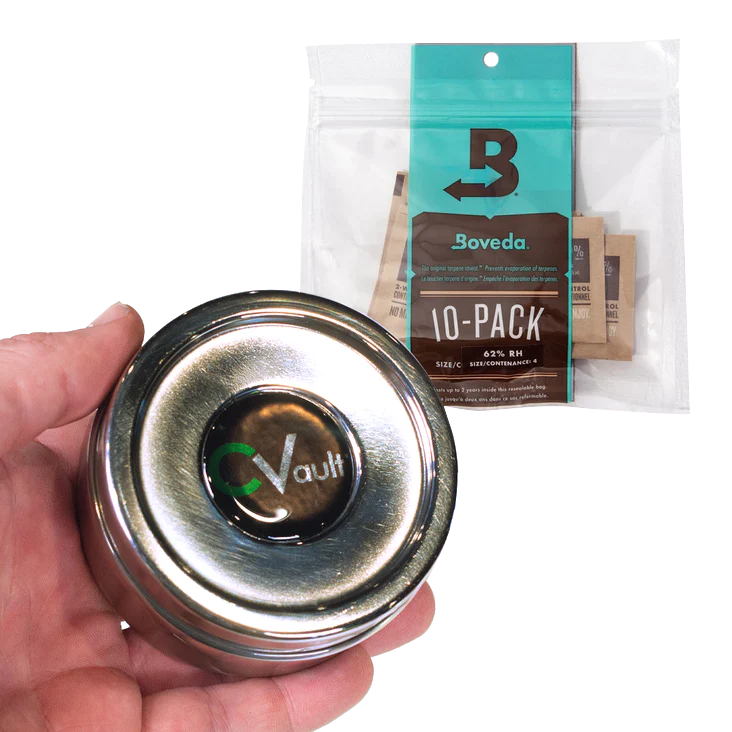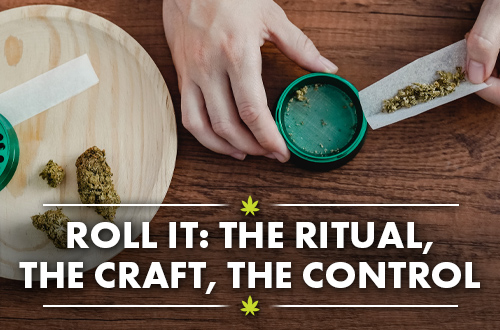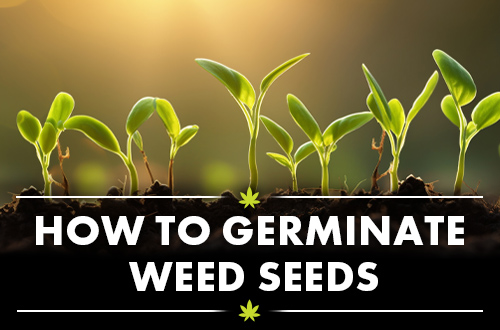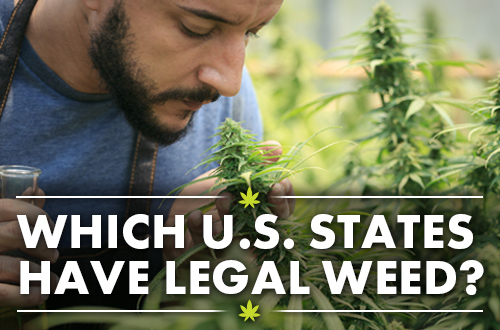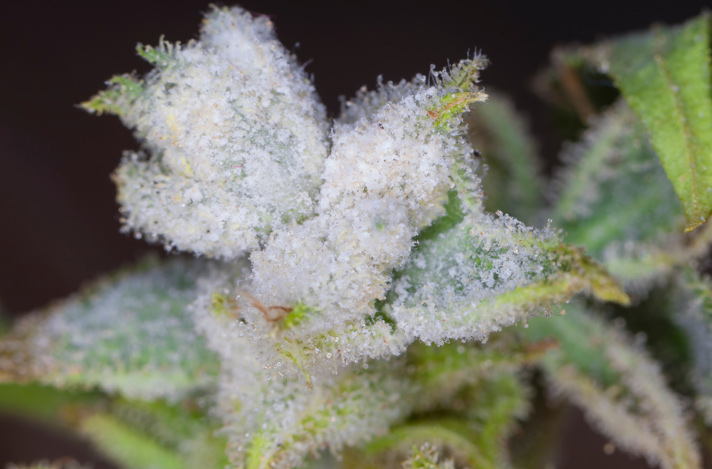
Chances are, if you’re a seasoned cannabis smoker, it’ll happen at least once. Maybe you take a weeklong vacation during the humid heights of summer; maybe you misplace your stash in the bathroom cabinet next to the shower; maybe you just buy a bad batch to begin with. In any case, you open your cannabis container, ready for a smoke, and look down at the sad state of your stash. It’s moldy.
Moldy weed is more than just a huge, icky disappointment—it could be dangerous. Learn how to spot mold, why your stash gets moldy, and the proper cannabis storage steps you take to prevent it from happening again.
How Can You Spot Moldy Weed?
The easiest way to spot moldy weed is to look for anything out of the ordinary. Particularly, search for gray-white powdery patches on the bud, discolored stems, or—most obviously—slime.
So how do you differentiate mold on weed from, say, a particularly white dusting of trichomes (those hairy filaments carrying terpene goodness)? You wouldn’t want to throw away a perfectly good bud out of confusion. Trichomes have a shimmery, glittery white appearance, whereas mold has a matte, flat, powdery appearance akin to flour. Do an up-close inspection, and follow this golden rule: if there’s shine, it’s fine—but powdery and white? That’s not alright.
Lastly, get your nose involved. Your olfactory senses are a fantastic barometer for quality. If the cannabis smells musty or mushroomy, it’s probably moldy.
How Does Moldy Weed Happen?
Mold happens when cannabis is exposed to high relative humidity (high water vapor density) and moisture. Mold spores thrive in damp, humid environments. They attach to a substrate (in this case, your cannabis) and extract its carbon to grow and multiply; but to do this, they need a fresh supply of water in the substrate. That supply might be the ambient water vapor in a bathroom, the condensation in a clear jar next to a sunny window, or just a humid climate. Improperly cured weed in a high-humidity environment can also result in mold.
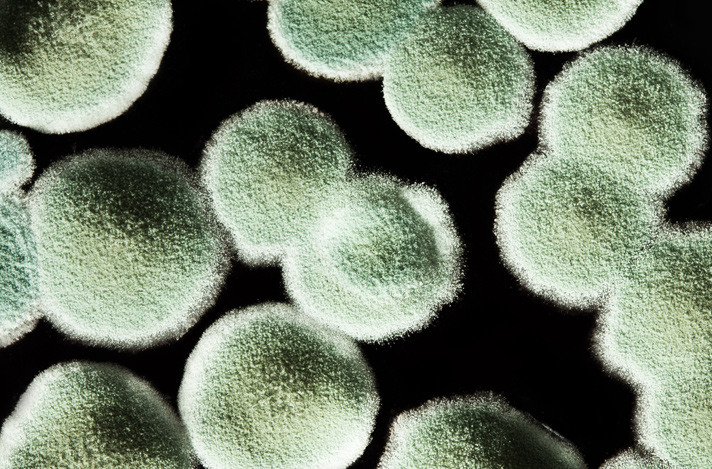
Smoking Moldy Weed: Harmful or Just Gross?
What happens if you smoke moldy weed? No surprises here: it can cause serious harm.
On one end of the spectrum, symptoms of smoking moldy weed could be less severe (but still undesirable). You might experience nausea or vomiting.
On the other end, there’s a whole world of bad. In a study at UC Davis, certain moldy cannabis samples they tested turned up with strains like Cryptococcus, Aspergillus, and Mucor that can cause fatal infections. People with compromised immune systems or mold allergies need to be particularly careful.
But surely the fire from your lighter will snuff out any malicious actors lingering in the bud—right? Unfortunately, that isn’t the case. Some of the worst mold strains feature resilient, heat-resistant spores.
What to Do If You Spot Mold on Your Cannabis
Given the harmful effects of smoking moldy weed, your best option is to play it safe. Don’t be a walking test subject for moldy weed effects. Just toss it out.
You might be tempted to salvage some cannabis by “scraping off the outside.” Unfortunately, this isn’t a hard cheese and humidity for cannabis doesn’t work that way. Cannabis has a loose structure replete with nooks and crannies, and mold has no trouble penetrating the base of a bud.
How to Prevent Cannabis Mold
We’ve covered what happens when you smoke moldy weed. We’ve covered what to do if you spot some of that telltale gray-white powder stinking up the joint (literally). But what happens afterward, when you’re staring down at the trash can, mourning the loss of an unsmoked stash?
You rebuild. And this time, you store your cannabis properly to ensure mold never happens again. First, make sure your cannabis is fully cured: post-cured cannabis is significantly less likely to develop mold.
Then, find a tightly sealed container. This could be a dedicated humidor, a Boveda Stash Bag (which includes a 62% humidity control pack), or simply a mason jar. Next, keep it out of the sunlight and ideally away from moist areas of the home, like the bathroom or kitchen.
Finally, to dial in the ideal relative humidity (RH), pop a Boveda for Cannabis 2-way humidity pack into the container. The RH “sweet spot” for cannabis is somewhere between 55% and 65%. Try the 58% RH for smoke-ready weed with easy-to-break-apart buds—particularly in areas where the humidity is high year-round. For long-term storage or dry climates, try the 62% RH. Boveda’s food-safe, saltwater solution regulates humidity by drawing in moisture when the environment is too damp, and releasing moisture when conditions are too dry.
If you live in an area defined by massive swings in humidity, Boveda minimizes these fluctuations inside your airtight storage container to serve you a fresh, potent, and safe bud every time.
Never Too Moist, Never Too Dry
But what if you have just the opposite problem? Instead of mold, you’re faced with a harsh, dry, brittle stash—well Boveda’s 2-way humidity control can help with that too. Follow the link to learn more about how to rehydrate cannabis.
To summarize, moldy weed has no place in your rolling papers. It can be dangerous, even when smoked at high temperatures. Your best course of action is to throw out the affected stash and start fresh with new bud, a new airtight storage container, and Boveda for Cannabis 2-way humidity control packs.





